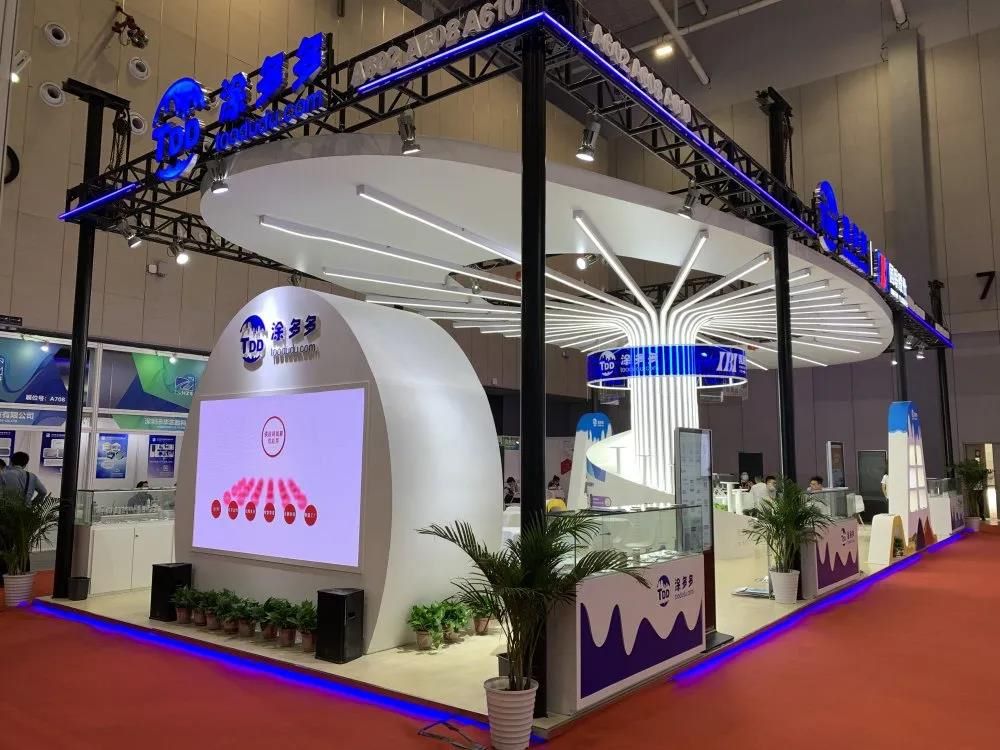Master Tire Lifetimes
As an important guarantee for the safe driving of automobiles, the life of tires is affected by a variety of factors.
In-depth understanding of the knowledge related to tire life is of great significance to ensure driving safety and reduce the cost of using cars. The following is a comprehensive discussion and summary of the content related to tire life from four key aspects.
Theoretical life of tires
From the perspective of industry standards and conventional experience, there is a rough theoretical life range for tires. Generally speaking, the service life of tires is 3 to 5 years.
This time period is mainly based on the natural aging characteristics of rubber materials. Even if the vehicle is parked, the rubber of the tire will gradually harden and become brittle over time under the influence of environmental factors such as oxygen and temperature, reducing its performance and safety.
In terms of mileage, the theoretical mileage of most tires is 60,000 to 100,000 kilometers. However, this data is only for reference. In actual use, few tires can fully reach the theoretical upper limit because the actual road conditions and usage are extremely complex.
Key factors affecting tire life
Frequency of use and driving habits
The frequency of use directly determines the degree of wear of the tire. Frequently used taxis and logistics transport vehicles often have much shorter tire replacement cycles than family cars. Driving habits also have a significant impact on tire life.
When accelerating suddenly, the friction between the tire and the ground increases instantly, and the tread wear increases; when braking suddenly, the tire will rub against the ground violently, causing local rapid wear; high-speed cornering will cause one side of the tire to bear huge pressure, resulting in uneven wear. According to statistics, bad driving habits may shorten the life of tires by 20% - 30%.
Road conditions
Different road conditions test tires very differently. On a flat highway, the tires are evenly stressed and wear relatively slowly; but on a bumpy rural dirt road, the tires will be repeatedly impacted, which not only accelerates tread wear, but may also cause internal structural damage.
Special road conditions such as mines and construction sites have a lot of gravel and sharp objects, which can easily scratch the tires and even cause tire blowouts. A mine transport truck driver once reported that the service life of tires driving in mining areas is only half of that of ordinary roads.
Storage and maintenance conditions
Improper storage environment will accelerate tire aging. Long-term exposure to the sun, ultraviolet rays will destroy the molecular structure of rubber; in a humid environment, the steel wire inside the tire is easy to rust and reduce strength. In daily maintenance, whether the tire pressure is normal has a great impact on the life of the tire.
If the tire pressure is too high, the wear of the middle part of the tire will accelerate; if the tire pressure is too low, the tire sidewall will deform frequently and cracks will easily occur. Regular four-wheel alignment and tire rotation can effectively avoid tire eccentric wear and extend the service life.
Tire life judgment method
Judgment of whether the tire is close to the life limit mainly starts from the degree of wear and appearance. Observing the tire wear mark to judge the degree of wear is the most commonly used method. When the tread pattern depth is less than 1.6 mm, it needs to be replaced immediately.
At the same time, if there are obvious cracks, bulges, or rubber shedding, cord breakage, etc. on the tire surface, even if the mileage and use time have not reached the theoretical limit, it must be replaced. These are direct signals that the tire has safety hazards.
Tire maintenance and replacement suggestions
In daily maintenance, you should develop the habit of checking tire pressure regularly, at least once a month, and pay special attention to it before high-speed driving or long-distance travel.
At the same time, every 10,000 kilometers or so, the tires should be rotated to make the tires wear more evenly. Once abnormal wear and aging of the tires are found, they should be handled in time.
When replacing tires, try to choose products that are consistent with the original vehicle specifications, and it is best to replace the tires on the same axle at the same time to ensure the vehicle's handling performance and safety.
In short, tire life is nt a simple concept of time or mileage, but the result of the combined effect of multiple factors. Only by fully understanding this knowledge and scientifically using and maintaining tires can we ensure stable tire performance and escort safe travel.











